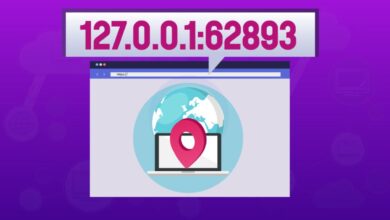There are hundreds of free online learning platforms. We can divide the development into two main areas: service and content. Content can be a way to create scripts for educational videos, presentations, visualizations, and questions. Services are models for content creation, and they have a direct technical component.
They act as a “wrapper”, in which content is packaged for the end user. What trends and services are needed to create educational content, then?
Microlearning
In 2012, the first year MITx platform Circuits and Electronics launched. The course was 15 weeks long and students were required to work between 8-12 hours per week. The course included more than 350 assignments, 12 lab works, and three exams. It sounds like a lot to ask of one student. If you need assistance with your assignments and want to meet deadlines, then use the history homework helper from DoMyHomework123.
It’s been four years. This course on EdX is significantly different. The course is now split into three courses lasting five weeks each. The same thing happened when MIT offered the Introduction to Computer Science and Programming with Python course.
The organizers noticed that only a few students graduated from the first version. Today, the course is split into two parts. We can certainly say that it’s marketing. If a user wants a certificate approved, they have to purchase several certificates instead of just one. It’s more than that.
Read Also: Simplify School Finances with Blackbaud Tuition Management
Microlearning is a trend that has recently taken over online education. Google is the go-to source for quick information, and YouTube videos are short. The number of views will drop dramatically if the video is longer. Students get distracted and the learning process will be affected.
The trend of microlearning is a concern for the duration of educational videos or courses, and also the normal academic things such as a science degree. Udacity even created a new term to describe course cycles: nanodegree. There are also platforms made up of only short (micro) courses.
Adaptive Learning
What was the word that Anant Agarwal, founder of edX, used most frequently during his speech to EdCrunch 2015, an international educational conference?
Personification. Adaptive learning is characterized by terms such as personalization, adapting to the student, and individual learning trajectory. Modern data allows us to predict user behavior scenarios, so we can create learning systems that adapt to each student.
It is important to note that many services are using the personalization method to assist students with educational issues. Some services personalize each essay to be as personalized as possible for their clients.
Around the globe, companies and projects developing adaptive learning systems are gaining momentum. The invention of a system of adaptive learning will be the greatest revolution in online education ever since the introduction of massive open online courses.
Knewton has partnered with Arizona State University to implement adaptive education tools. Knewton provides the students with tasks that are tailored to their needs (for instance, a topic that is repeated often) and gives the teacher statistics about each student. These data can be used to tailor classes for every student.
Read Also: Top Medical License Exam for Foreigners in the UAE
Gamification
People love games. Statistics show that 97% of children between 12 and 17 years old play video games. Adults also enjoy them. The average age of a gamer is 30, and 37% are older than 35.
It’s no secret that games are a great way to capture and keep attention. They have become an important tool for modern education. The word “gamification”, which is adding game elements to activities such as learning, should be remembered. Games can be a motivating tool for students by adding elements such as badges, levels, and scores.
The Khan Academy platform, for example, gamified learning and created a system of badges. For certain achievements, users receive badges. Watched 10 videos? Received a badge.
Students will see that they have a badge and know they did their work for a good reason. The ability to see and feel progress is a great motivator to keep moving forward. Gamification is the process of adding these rewards from games to the education process.
To Sum Up
The world of online education is evolving rapidly. Three noteworthy global trends include the increased adoption of student information systems for streamlined administrative tasks, the growing importance of AI-driven personalized learning experiences, and the rise of global education partnerships, fostering access to quality education for learners worldwide.
This is not a utopia. Learning in small pieces, tailored to the individual student and with powerful incentives – it’s possible. Online education technologies are advancing rapidly, making learning more efficient than ever. We all have the opportunity to be part of this evolving learning process.









